Life was filled with guns and war
And all of us got trampled on the floor
I wish we’d all been ready
Children died the days grew cold
A piece of bread could buy a bag of gold
I wish we’d all been ready
Larry Norman “I Wish We’d All Been Ready” from the LP Upon This Rock, 1969
Music is a form of human expression. It reflects every part of our lives. There are love songs, break-up songs, patriotic songs, happy songs, sad songs… songs about every human experience and concern. It only makes sense that music would be used for spiritual or religious expression. In the US every music genre has been influenced in one way or another by the Christian faith. However, in the rock ‘n’ roll genre, that influence had a very rocky start. I have always been fascinated by music that stirs controversy. The convergence of rock music and the Christian faith has been one such point of contention that has interested me over the years.
Many believe that Larry Norman was the father of Christian rock, or “Jesus music” as it was called in the early 70s. However, just as the first automobile was not a Ford, although that is what I was taught in school, things were also a bit more complicated in the origins of Christian rock. Not to take anything away from Larry Norman’s contributions, but there are many more pioneers in both the US and the UK who should be given credit, without whom Larry’s contributions would not have been possible.
This is going to be a two-part series with a focus on the US and the UK. I am including Canadian artists when I discuss US artists, although there were significantly fewer Canadian Christian rock artists in the early days. Note that I am not ignoring Christian rock in other countries. There were Christian rock artists in many other places from Germany to Singapore (probably not so much in North Korea). However, they had no effect on what was happening in the US and I have not learned of many existing before the early 70s. I also do not know if they faced all the opposition that artists faced in the US. Therefore, the focus is where it eventually flourished and that is in the US and to a lesser extent in the UK. The period of this focus is the 60s and early 70s. The first part deals with the foundations of rock in juxtaposition with Christianity, and then discusses the earliest Christian rock recordings from the UK. The second part, to be posted later, will deal with my primary focus, the earliest US artists during that period and beyond. The reason I am discussing the UK artists first, is that the merger of Christianity and rock began earlier in the UK, and this may have provided a blueprint for some early Christian artists in the US. So, a-way we go!
1950s Rock ‘n’ Roll and the Church
Rock ‘n’ roll originated mostly from a mix of rhythm & blues (r&b), country, and folk. Christianity was elemental in the origins of these genres. Many r&b artists started out in the church. Guitarist and vocalist Sister Rosetta Tharpe came from a Gospel music background before expanding her talents in the late 1930s to include secular r&b and jazz; she has even been considered by many to be the earliest rock ‘n’ roll performer.
As for folk music, the more serious compositions applied Biblical moral principles to populist and anti-war themes without becoming religious. In the 1950s folk artists such as Woodie Guthrie, Pete Seeger, and The Weavers faced investigations by J. Edgar Hoover’s FBI and Senator Joe McCarthy for evidence of Communist and other anti-American affiliations despite the Biblical references in their songs.
In the late 50s it seemed obligatory for the most popular early rockers to record a Gospel album or single. So, Elvis Presley recorded the album Peace in the Valley in 1957, totally devoid of rock ’n’ roll. In 1959 Johnny Cash recorded the album Hymns by Johnny Cash. There were others as well but none of these recordings combined a Christian message with rock music. Indeed, these recordings were used to validate people like Presley and Cash as being really good guys, and that rock ‘n’ roll was merely a fad that would soon revert back to more acceptable music.
In the 50s and early 60s combining a Christian message with rock music would have been unheard of in America. Apart from Black churches where Gospel music was often performed in a rhythm and blues style, many churches, especially the more fundamentalist and evangelical White churches, continued to preach that rock rhythms and wild dancing contributed to the corruption of America’s youth. It was, after all, the music of the devil. Note that Elvis’ third appearance on The Ed Sullivan Show on January 6, 1957, almost didn’t happen because TV censors refused to let the show air unless they only filmed Elvis from the waist up to avoid the audience seeing his evil hip shaking. Mind you, he had appeared on The Ed Sullivan Show twice before, going back to the first time on September 9, 1956, without any censorship of his gyrations. In fact, his supposed vulgar moves had been seen on TV before his Ed Sullivan appearances when he performed on The Steve Allen Show, the Dorsey Brothers’ Stage Show, and The Milton Berle Show with no objections.
Enter the 60s
But then came the beginnings of the Vietnam war and the increasing demands from the civil rights movement, followed by the assassination of President Kennedy. And then there was the British invasion, with the arrival of The Beatles, The Rolling Stones, The Kinks, and numerous other bands introducing America’s youth to a more energized rock ‘n’ roll sound. Under President Johnson, the Vietnam war escalated. The war became the leading topic of the nightly news; each night we learned of more losses of American soldiers’ lives, many of whom had not willfully enlisted.
Folk music had always been a vehicle for commentary on our social ills. Pete Seeger’s 1955 song “Where Have All the Flowers Gone?” was revived by The Kingston Trio in 1961 and by Peter, Paul, and Mary in 1962. Bob Dylan recorded “Blowin’ in the Wind” in 1962 and “Masters of War” in 1963. The Vietnam war coupled with the civil rights movement supplied folk singers the material for more songs, often citing Biblical references to support their concerns. Many of these songs received radio play, reaching the Billboard charts…and America’s youth, especially draft-age young adults, were listening and taking notes. With songs like “The Times They Are a-Changin’” in 1964, Dylan was becoming a prophetic folk hero. Then Dylan went electric in his famed 1965 performance at the Newport Folk Festival. It wasn’t long before folk-rock groups like The Byrds were following Dylan’s lead. In 1965 they made Dylan’s “Mr. Tambourine Man” into a folk-rock hit. In their late 1965 hit “Turn, Turn, Turn,” they repeated the formula. The lyrics for “Turn, Turn, Turn” were from the Book of Ecclesiastes 3:1-8, and had been transformed into a folk song by Pete Seeger in 1959. The song became the title track to their next album, released in December 1965. Folk singers like Pete Seeger, Bob Dylan, Joan Baez, Phil Ochs, and Peter, Paul, and Mary were highly influential in the development of folk-rock of the mid- and late-60s. But the focus of these songs, although often invoking Biblical references, was not evangelical or even liturgical; it was about protest against social injustice and war.
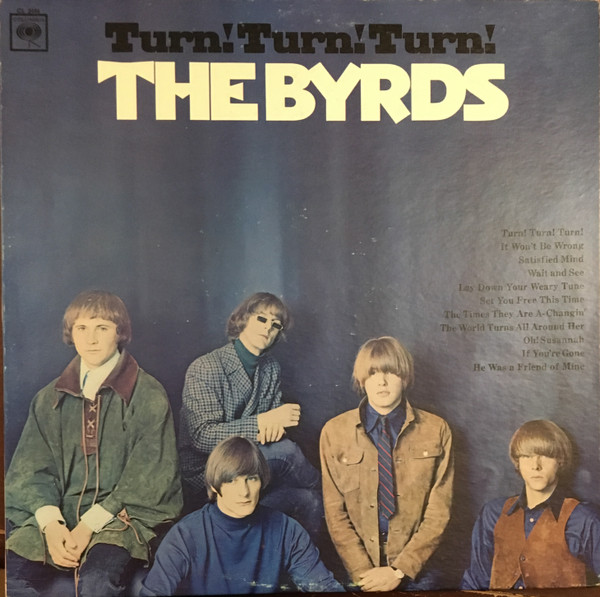
Of course, there continued to be a wilder side of rock. Contrast The Byrds’ “Turn, Turn, Turn” with The Rolling Stones’ “Let’s Spend the Night Together” and The Kinks’ “All Day and All of the Night.” These songs and others like them provided justification for the church to proclaim that rock was indeed the devil’s music. Of course, it did not help when in March 1966, John Lennon said in an interview for the London Evening Standard, later reported in the American teen magazine Datebook “Christianity will go. It will vanish and shrink. I needn’t argue about that. I’m right and I’ll be proved right. We’re more popular than Jesus now. I don’t know which will go first, rock ‘n’ roll or Christianity. Jesus was all right but his disciples were thick and ordinary. It’s them twisting it that ruins it for me.” After hearing about this, Birmingham, Alabama DJs Doug Layton and Tommy Charles of WAQY initiated a “Beatle Boycott”. Lennon apologized and tried to walk it back saying his statement was misunderstood, but the damage was done. Many churches, especially in America’s South, had public burnings of The Beatles’ records. If the church-going public was not already against rock ‘n’ roll, now they were.
God is Dead
It is also important to see how young people began to view the church. Although the concepts contained in the phrase “God is dead” had been with us since the 17th century, in the late 1950s and early 60s it began to be discussed more frequently outside academia. Jazz and folk lyricists as well as beat poets wrote about the apathy of the church toward racism, exploitative capitalism, the cold war, and an unending arms race. Many teenagers and young adults were questioning the relevance of God and the church while the fear of nuclear annihilation loomed over them, reinforced by “duck and cover” drills in grade schools. A common question among the youth was “if God was real, how could all this be happening?”
The mainline Christian denominations in both the US and the UK were concerned with the alarming number of young people leaving the church but they did not know how to get them back. Insisting that youth meet the church on the church’s terms only perpetuated the problem. Rock ‘n’ roll allowed young people to escape from an uncertain future. But adults, especially church-attending adults, often saw rock ‘n’ roll as being part of the problem. The youth saw church attendance as looking for solutions in the wrong place.
As the beatnik era evolved into the hippie culture, many more changes were happening in the world of high school and college age young people. A fascination with Eastern philosophies, religions, and music began to grow. Experimentation with marijuana and hallucinogenic drugs became common. New clothing designs and longer hair for both males and females separated them in appearance from older adults. The generation that had entered adulthood during World War II did not understand the youth culture and were hyper-critical. The generation gap was widening. By the mid-60s adults over 30 were considered “The Establishment” and not to be trusted.
Early Beginnings in the UK
The UK was the first to respond to the growing disillusionment of youth by incorporating Christian lyrics into music for the youth. A compilation album, only released on reel-to-reel tape from Cathedral Recordings Limited in London, titled Showers of Blessing, presented Christian songs performed by The Pioneers, The Couriers, The Cobblers, American Teen Team Quartet and others. Some of the artists were from the US, in a Youth for Christ US/UK music exchange of both artists and evangelists. This commercially sold tape collects songs recorded from 1961-1965 that were precursors to Christian rock music. The style varies by artist but is largely standard folk with acoustic guitar, or vocal quartet accompanied by organ or piano. Only one, The Pioneers’ song “Then I Found the Lord”, uses drums (just brushes on a snare) but is still in a pop vocal quartet style. None comes close to rock. Yet these were evidently geared toward unchurched youth in the UK to bring them into the fold. Apparently, it didn’t work very well, and more drastic measures were needed, like using an actual rock band to deliver the message.
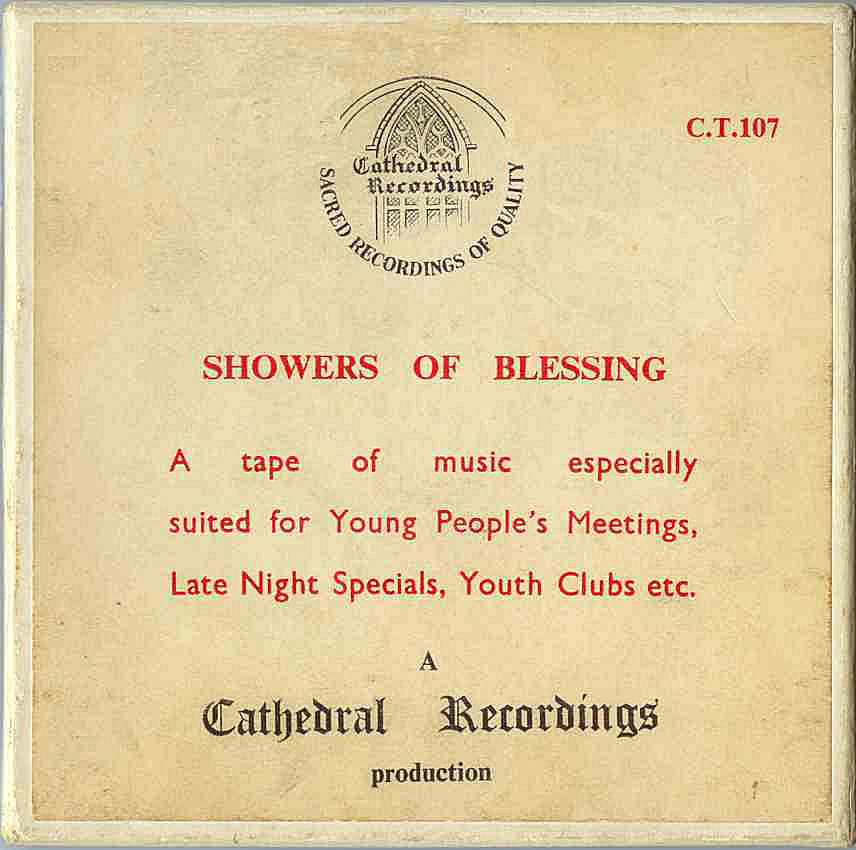
So, the next attempt was to form bands performing music with a Christian message in styles popularized by The Beatles, The Who, and other rock heroes. These artists often had less musical ability, weak lyrics on original songs and were more subdued than the popular bands. Members were often culled from church youth groups. To be fair, some were very professional in sound and could rock out with the best of them, but that was the exception and not the rule. Their purpose was to get the youth back into the church by making the Gospel message more relevant to their daily lives. Organizations like Youth for Christ (YFC) were instrumental in these efforts. However, these bands were seldom permitted to become part of the worship service; live performance was relegated to secular locations such as coffee bars and college campuses where youth gathered.
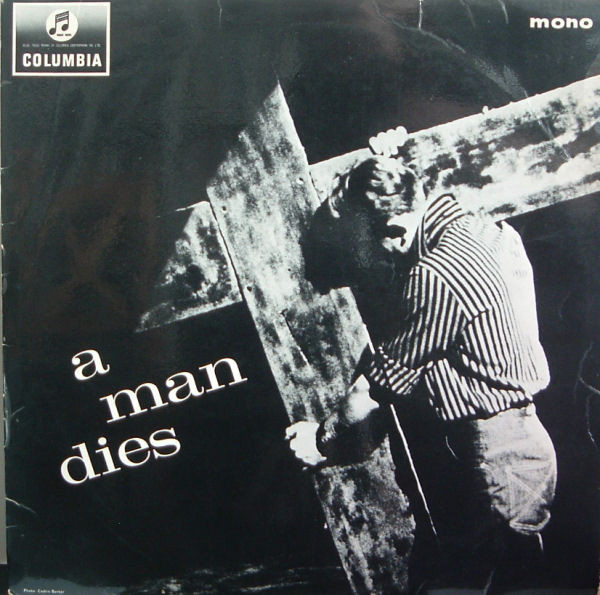
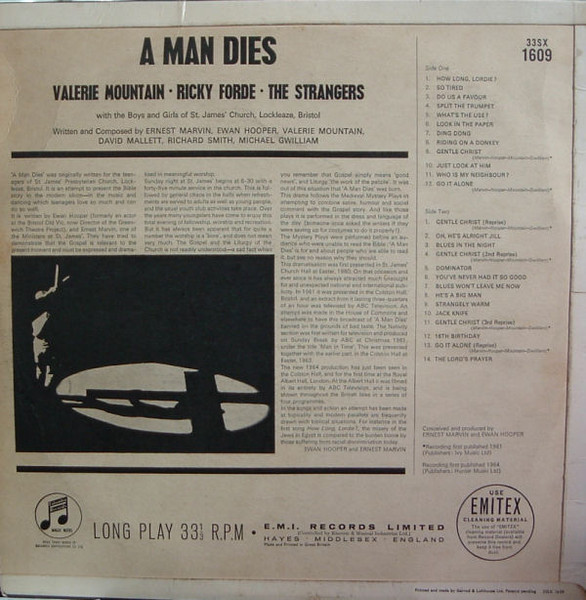
The very first attempt to merge Christianity and rock ‘n’ roll was a musical drama about the life and death of Christ titled A Man Dies, which was a passion play recorded in 1961 and released as an LP on Columbia Records in the UK in 1964. The drama places Christ in modern times to bring relevance to the message for youth who had strayed from the church. It appeared on A.B.C. Television in the UK in 1961. There were five performances of this play from 1961 through a performance at the Royal Albert Hall in 1964. The performers were “the Boys and Girls of St. James’ Presbyterian Church, Lockleaze, Bristol” featuring Valerie Mountain and Ricky Forde on vocals with arock band named The Strangers. The drama was written by organist Ewan Hooper and Reverend Ernest Marvin, both of the Lockleaze church. It appears that this was written in 1960 and performed at Easter at the church each year. A single from the drama “Go It Alone” backed with “Gentle Christ” and credited to Valerie Mountain was released in 1961 making that single the very first commercially released recording of Christian rock. It appears that The Strangers was the backup band for Ricky Forde, but I cannot find anything about The Strangers playing or recording anything except what is heard on this album and single. The Strangers perform here in a Mersey/beat rock style. Note that in 1964 Columbia also distributed this LP in Australia! Keep in mind that this church performance was unique as most all other churches in the UK resisted having rock bands perform in the church, but then again, most churches did not have pastors who wrote rock-oriented passion plays. One might wonder if Andrew Lloyd Webber and Tim Rice had been influenced by this recording when they created their rock opera, Jesus Christ Superstar in 1970.
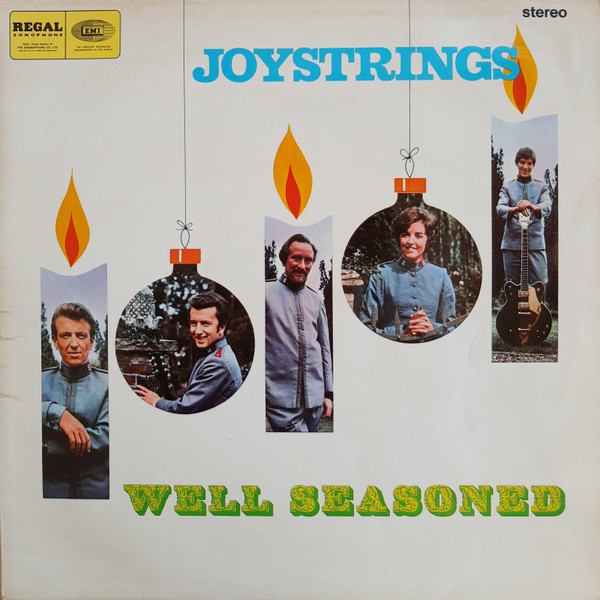
In 1964 The Joystrings (aka Joy Strings) released their first single “It’s an Open Secret” backed with (b/w) “We’re Going to Set the World a Singing” and followed with three more singles that year, two more singles and three EPs in 1965, several singles and EPs in 1966, and Christmas LPs in 1966 and 67. The band consisted of four men and one woman with a variety of sounds reminiscent of The Beatles on their pre-psychedelic albums. Their music improved in quality over time to become one of the more polished UK bands performing Christian rock in the 60s. They were part of the youth outreach of the Salvation Army. Formed in 1963, they lasted until 1969 when they disbanded. Their records were also distributed in the US.

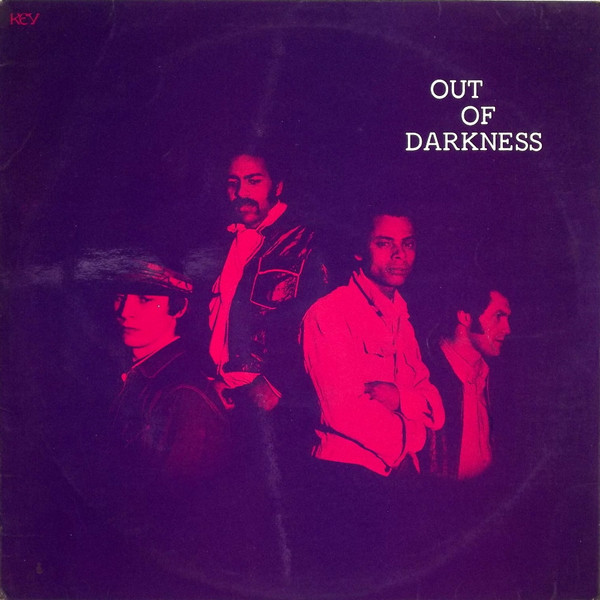
The Pilgrims had a single in 1964, “Heaven’s the Place for Me” b/w “Think of God’s Love.” In 1966 they had another single and went on to record several more that were released on CD in the early 2000s. They were a beat group with a gritty garage sound and in 1970 evolved into the more well-known Christian rock group, Out of Darkness, with an even heavier sound.
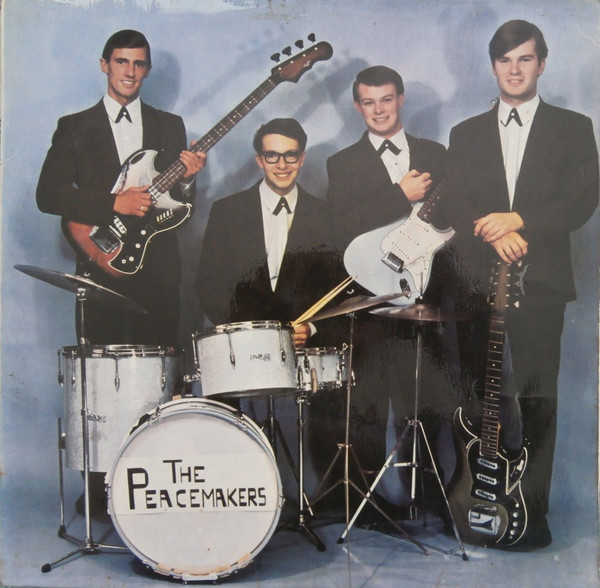
The Peacemakers released a single “Some Folks Search for Peace” b/w “Don’t You Know” in 1964. There was another single later that year. These are a bit crude and a little more folk than beat in style, but their self-titled EP in 1965, followed by a self-titled LP in 1967 are fully garage/beat records and show much improvement in musicianship. Their guitarist/vocalist, Justyn Rees, moved to New York and went solo in 1969, still in the Christian rock genre.
The Envoys, another Gospel beat group, released a single, “Nobody Like…” b/w “Door,” in 1965 with an EP in 1967. Patterning their sound after The Hollies and other UK hit makers, their energized sound consisted of the standard electric rhythm and lead guitars, electric bass, and drums with male vocals and two female backing vocals.
The Chordials was yet another early beat/pop band with a 1965 single “Walking in the Shadow” b/w “He Is the Answer”. Later, in 1969, they released their only album, Topsy Turvy. The album is a bit over-the-top, getting wild with fuzz guitars at times and with vocal harmonies reminiscent of Vanilla Fudge.
The Crossbeats had two singles in 1965, the first being “If Only” b/w “He Wants to Know” and the second “I Know” b/w “He Waits”. They were one of the very few UK Christian beat-rock bands to tour the US. They played at a variety of venues in the UK. Like The Joystrings, they formed in 1963. While their final recordings were released in 1967, including the album Crazy, Mixed-Up Generation, they continued to perform into the mid-70s.
The Proclaimers were from Wales, releasing two EPs in 1965, The Gospel Train and Messages with a Lilt, and two EPs in 1966, both titled The Proclaimers. Their sound was more folk/skiffle acoustic with some electric guitar. They were an eight-piece group, both male and female members and in their two short recording years there were many personnel changes.
Beginning in 1966 several more UK bands began to get on the Christian beat music bandwagon. To give you an example I have compiled a list gleaned from various Internet sources and the Archivist book by Ken Scott. The list only has artists from 1966 to 1971. Unlike the US, the number of new artists recording Christian rock music in the UK seemed to diminish throughout the 70s.
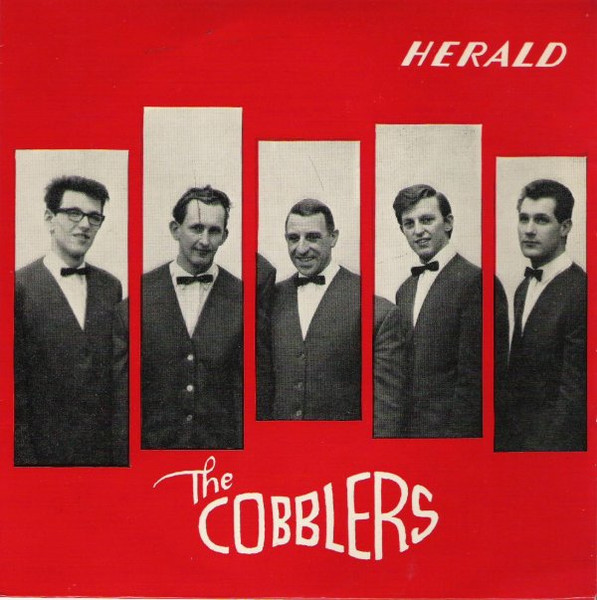
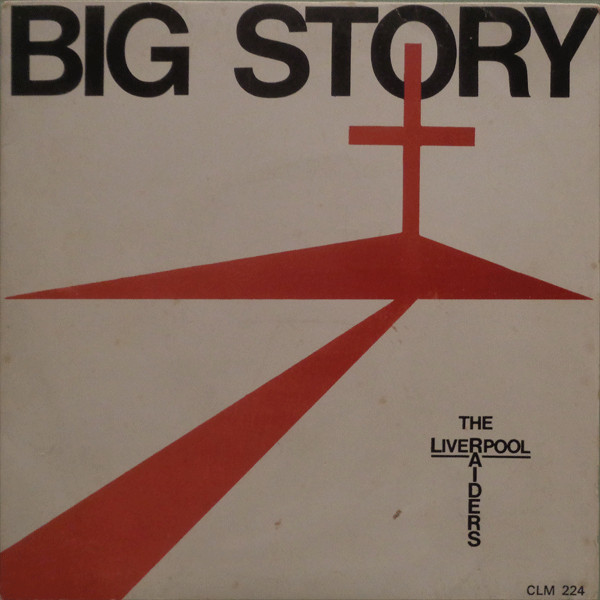
The Cobblers – EP, 1966
The Concords – Soul Purpose, 1966; A Turn for the Better, 1967
The Liverpool Raiders – Big Story EP, 1966
The Revellers – The Revellers, 1966; The Revellers Again, 1967; Shout and Sing, 1969; Go Tell It, 1970
The Witnesses – EP, 1966
The Fishermen – Amen, 1967
Pauline Filby – My World, 1968
Gerry McClelland – South Wind and Spices,1968; Echoes Surround Me, 1970
The Forerunners – The Forerunners, 1968; Running Back, 1970; Genuine Imitation Life, 1971; Prepare the Way for Jesus, 1974
The Harvesters – The Harvesters, 1968
Peter Smith & The Kinfolk – Faith, Folk and Clarity, 1968
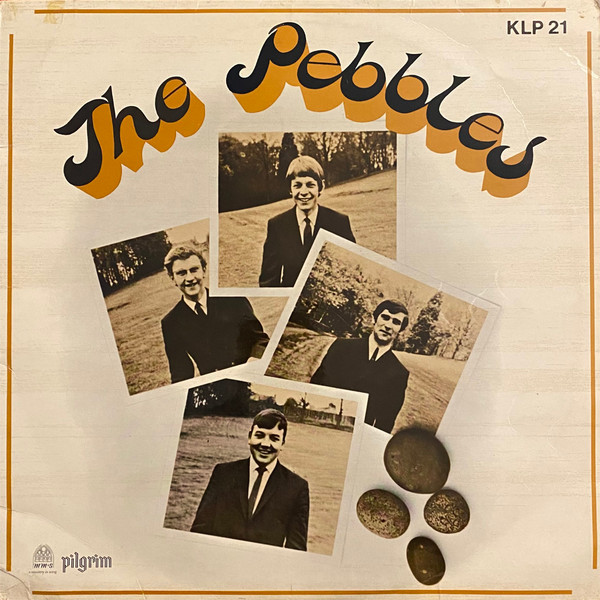
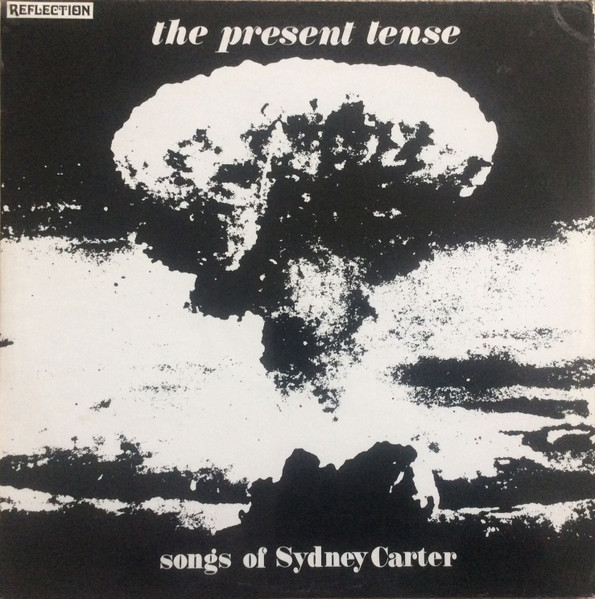
The Pebbles – The Pebbles, 1968
Reflection – The Present Tense, 1968; Beaumont Meets Reflection, 1970; Reflection on Hymns of Our Time, 1971; Nativity, 1971
Roger & Jan – Movin’ Over – Movin’ On, 1969; Question, 1974
The Sowers – Seeds, 1969
Justyn Rees – How Can I Tell Them, 1969 (recorded in the US)
Harvey’s People – Loving & Living, 1969
The Overcomers – EP, 1969
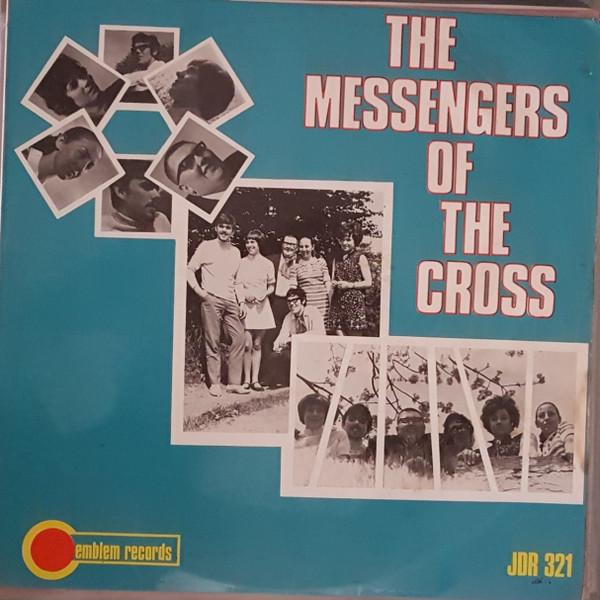
The Messengers of the Cross – The Messengers of the Cross, 1969
Peter Lewis – Sing Life, Sing Love, 1969; Give Yourselves to Me, 1971
Glorylanders – Volume One, 1969; Volume Two, 1971; About Time, 1973
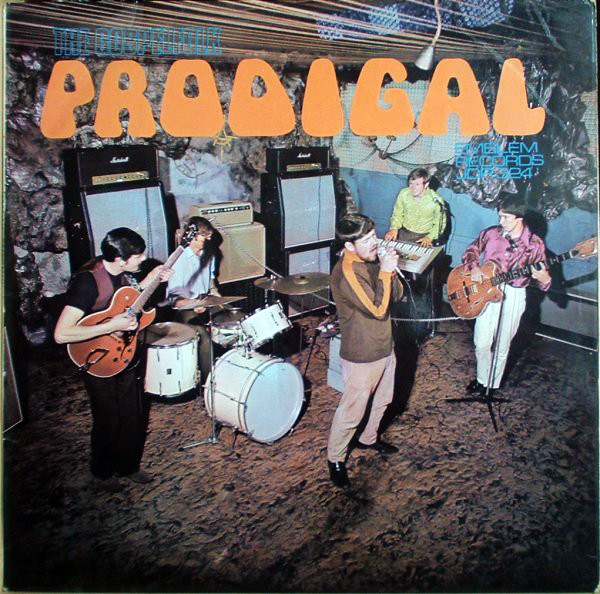
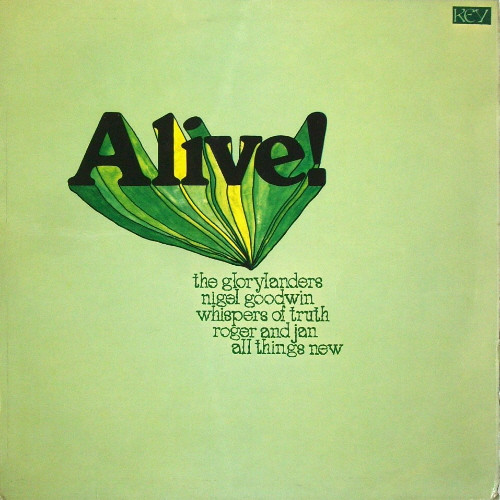
The Gospelfolk – Prodigal, 1969
Alive! – Various Artists, 1969
Dana Scott and The Crown Folk – Folk in Worship, 1969
Cambridge Twentieth Century Church Light Music Group – A Folk Passion, 1969
Sound Vision in Concert – Various Artists 1970
The Kingfishers – It’s Real, 1970
Out of Darkness – Out of Darkness, 1970
Judy MacKenzie – Judy, 1970; Peace and Love and Freedom, 1971
The Sharons – Someone to Turn To, 1970
The Foursome – Upside Down, 1970
Peter Smith & The Johnsons – Faith, Folk and Nativity, 1970
Peter Smith with The Common Round – Faith, Folk and Festivity, 1971
Bridges – Bridges, 1971
The Way Rhythm Group – The Way Rhythm Group, 1971
I have a few of these, as pictured.
UK Christian rock artists in the 1970s had little influence on the US artists. In the US the genre known as “Jesus music” was becoming more refined and commercialized, and by the 1980s it had evolved into Contemporary Christian Music (CCM), with very few artists from outside the US. CCM is a broad category of music covering all genres but mostly country, popular (Adult Contemporary), r&b/soul, metal, and rap, but it is a dying music category. I will discuss this in the next post, which will concentrate on the earliest bands recording Christian rock in the US and how things are different today, and why.


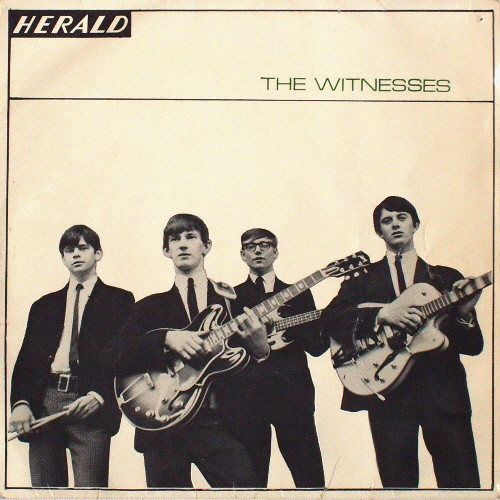
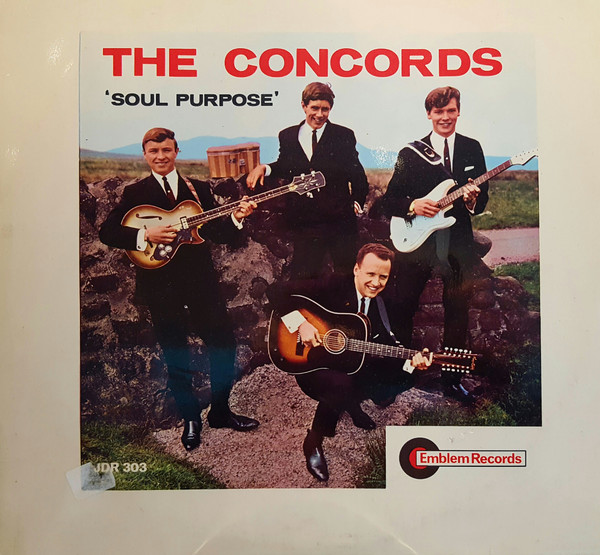
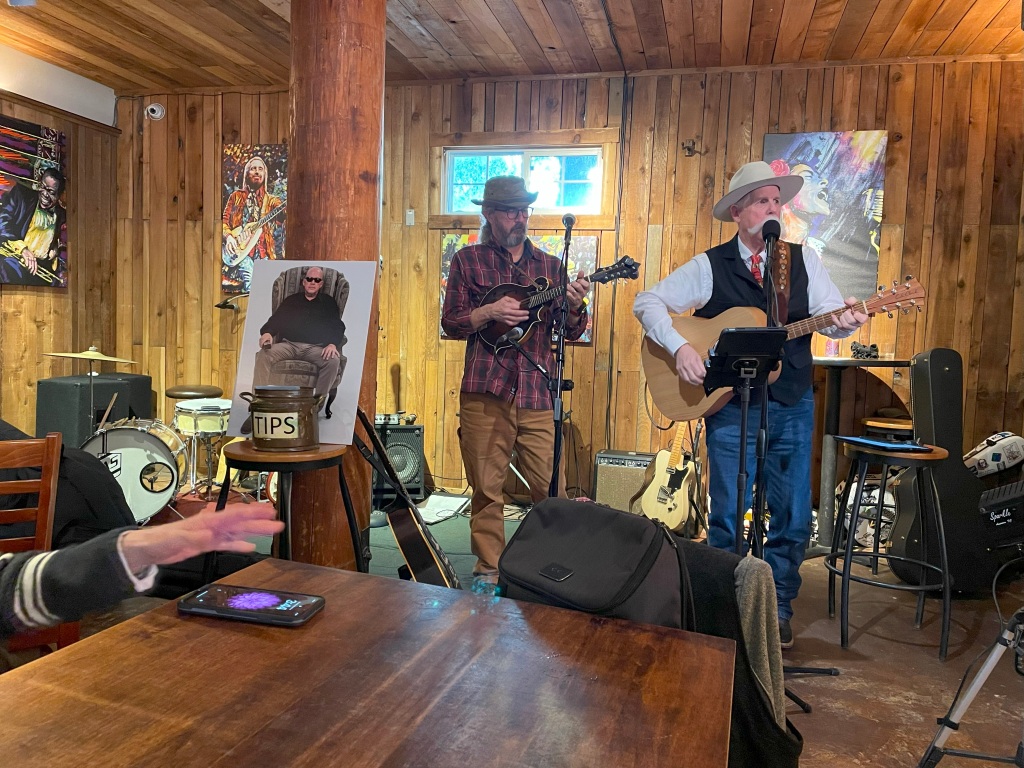

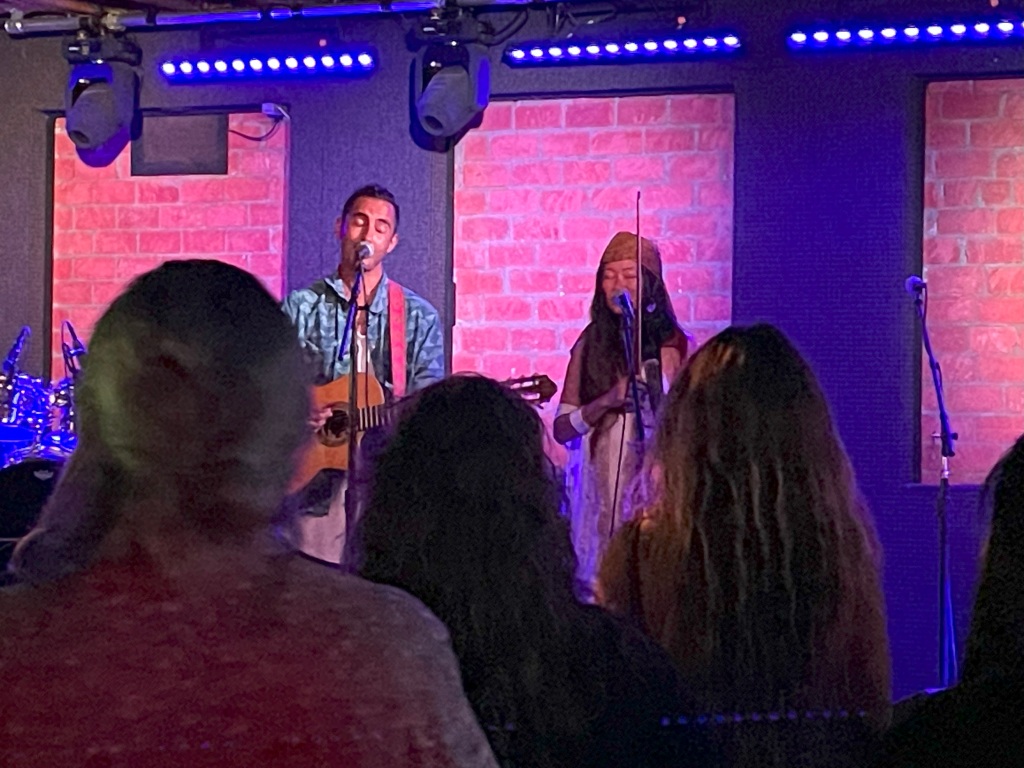
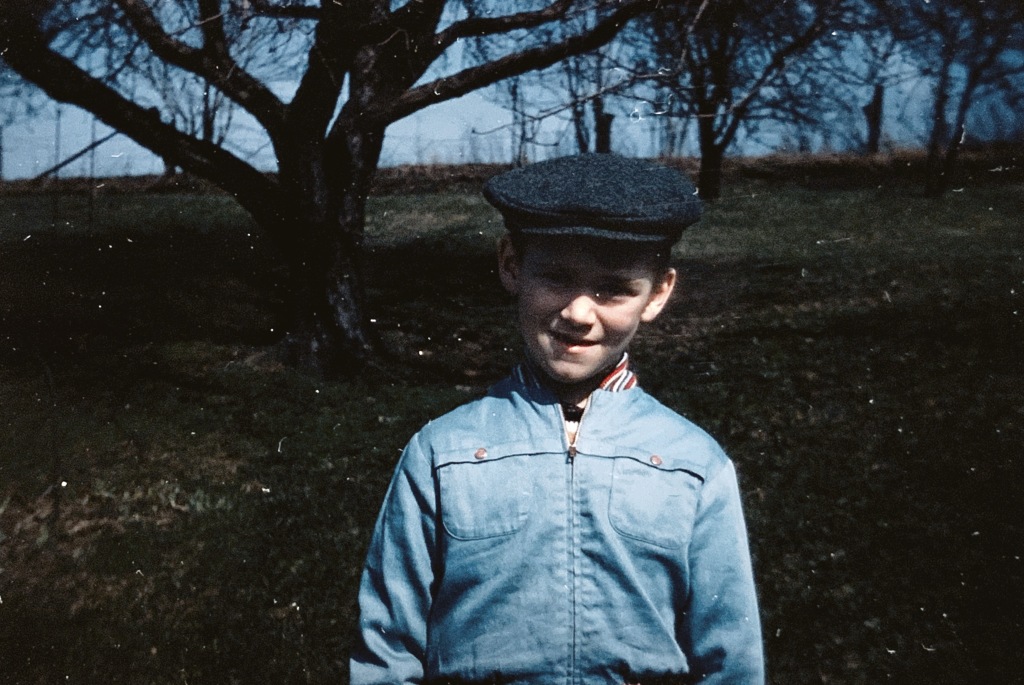
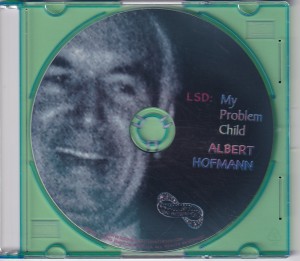
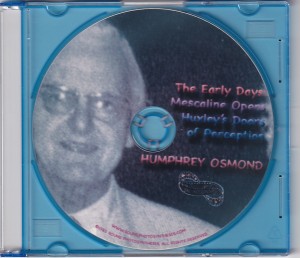
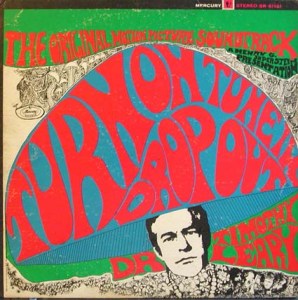
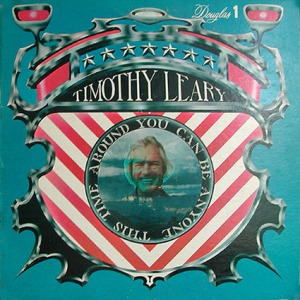
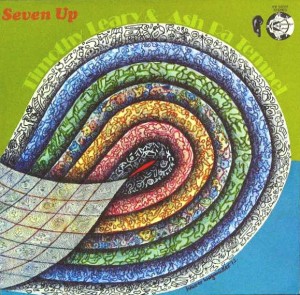



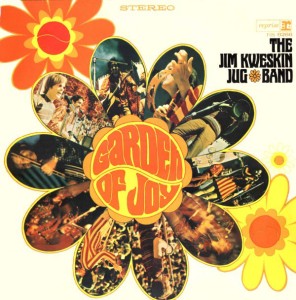


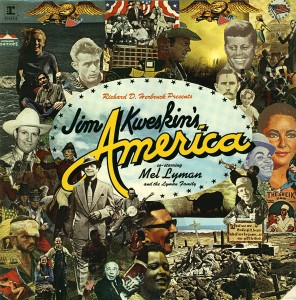
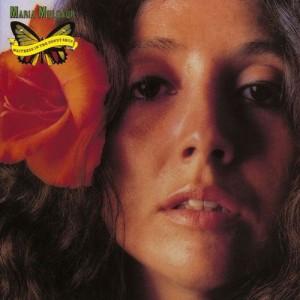


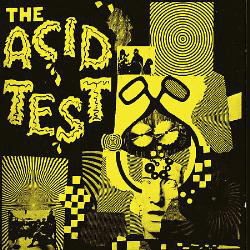


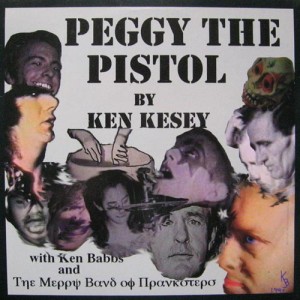


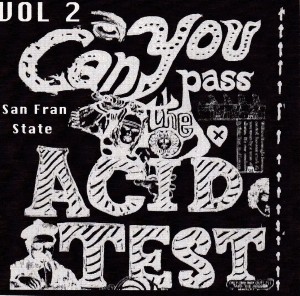
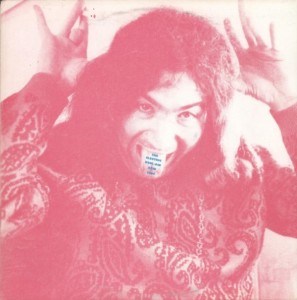
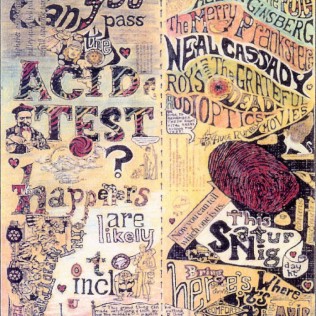

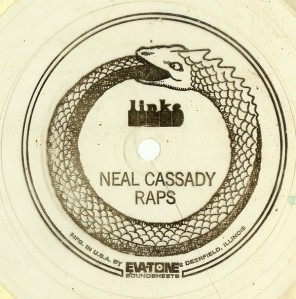


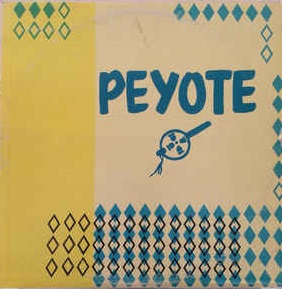
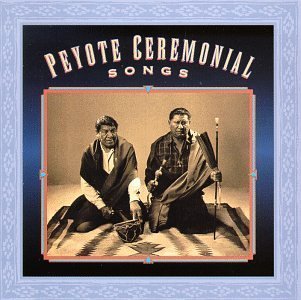
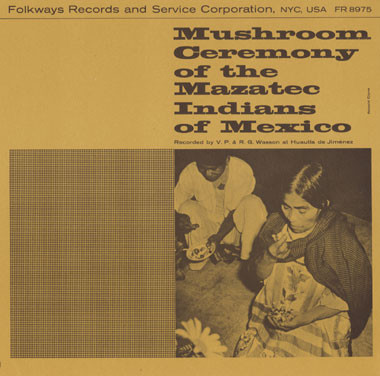
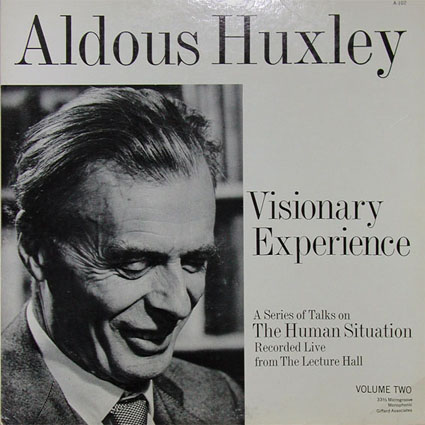
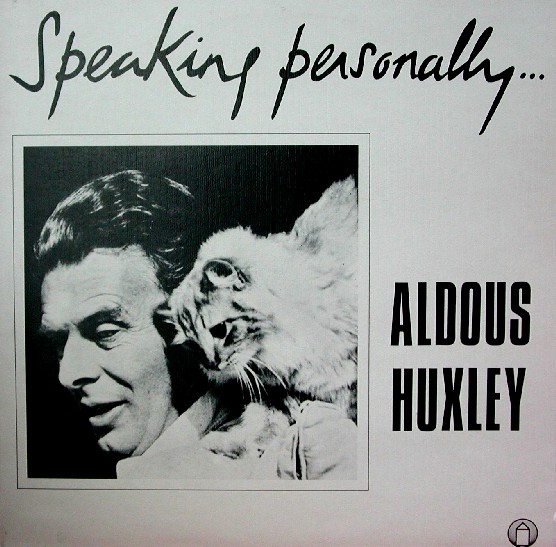

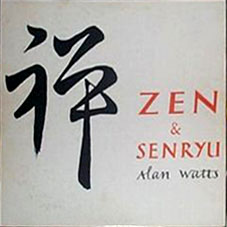
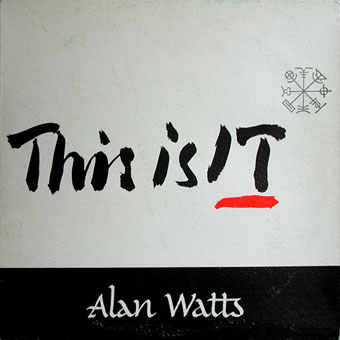
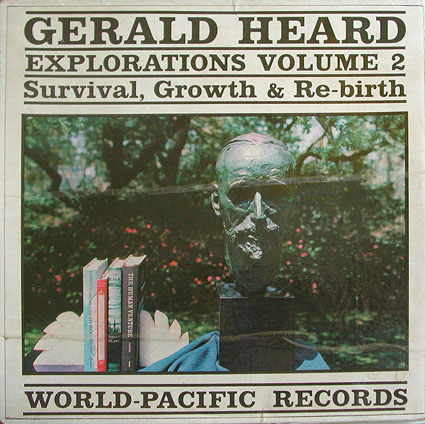
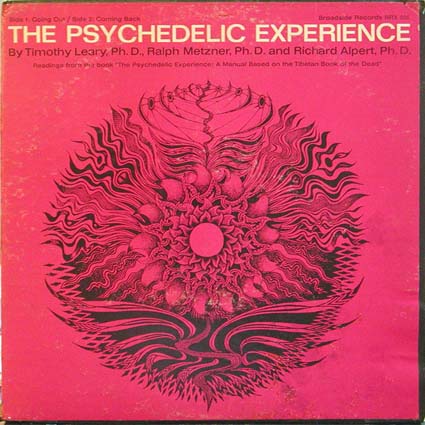
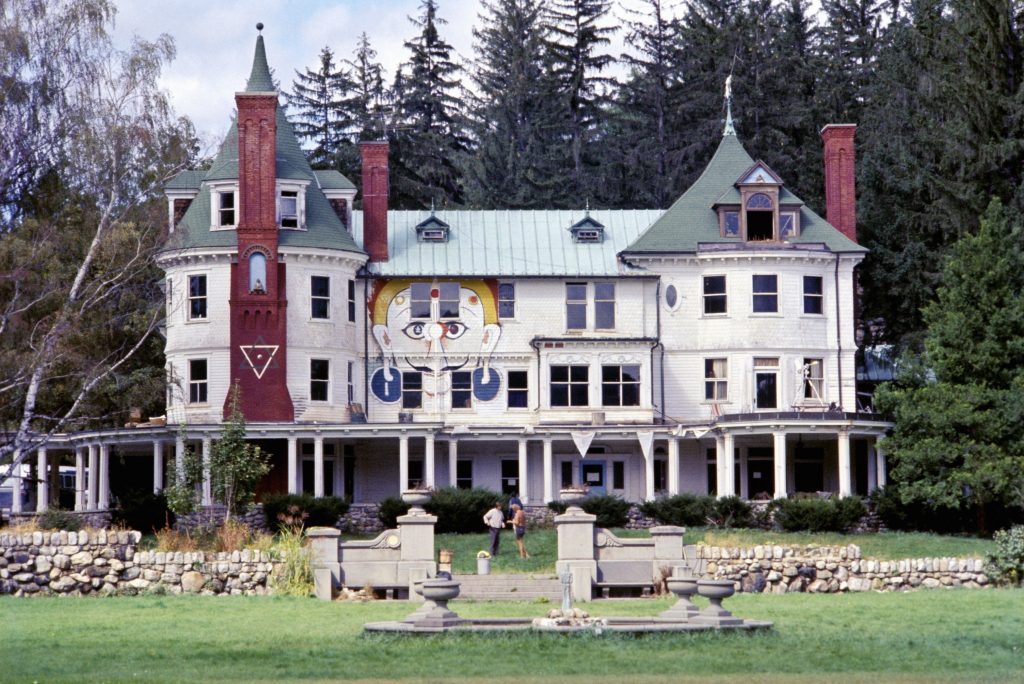
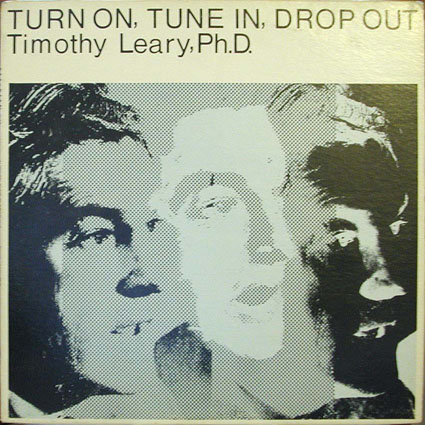
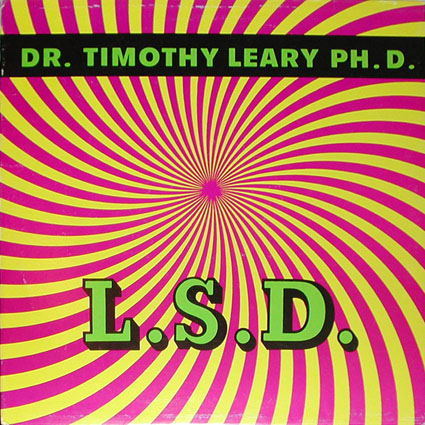
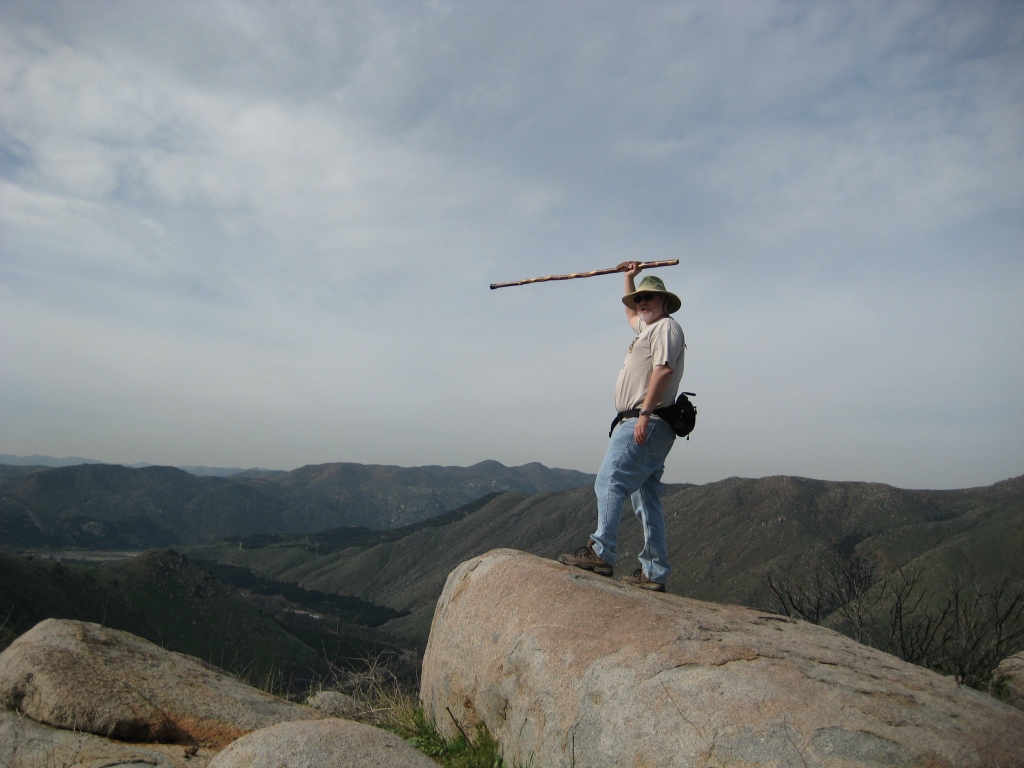
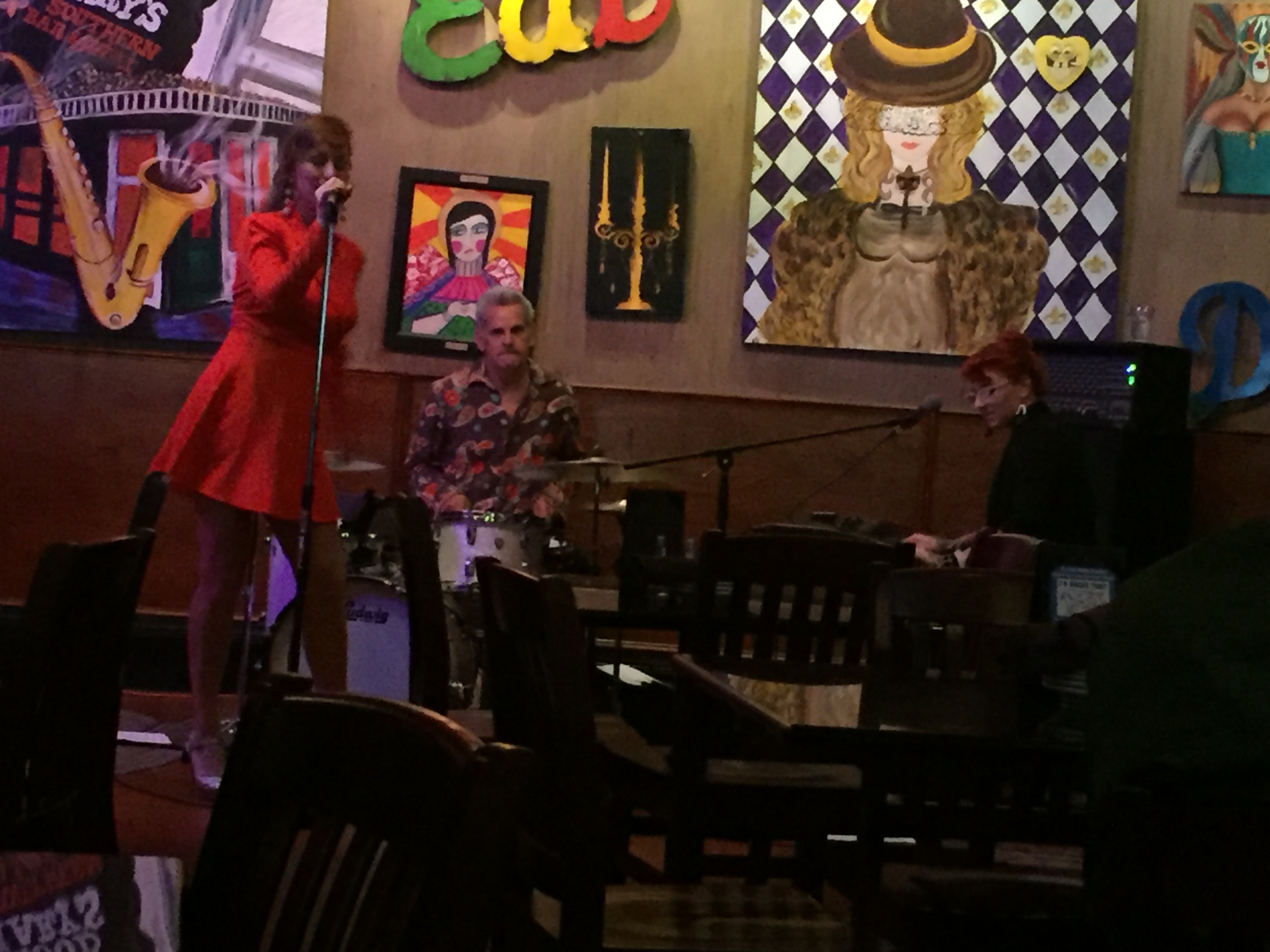
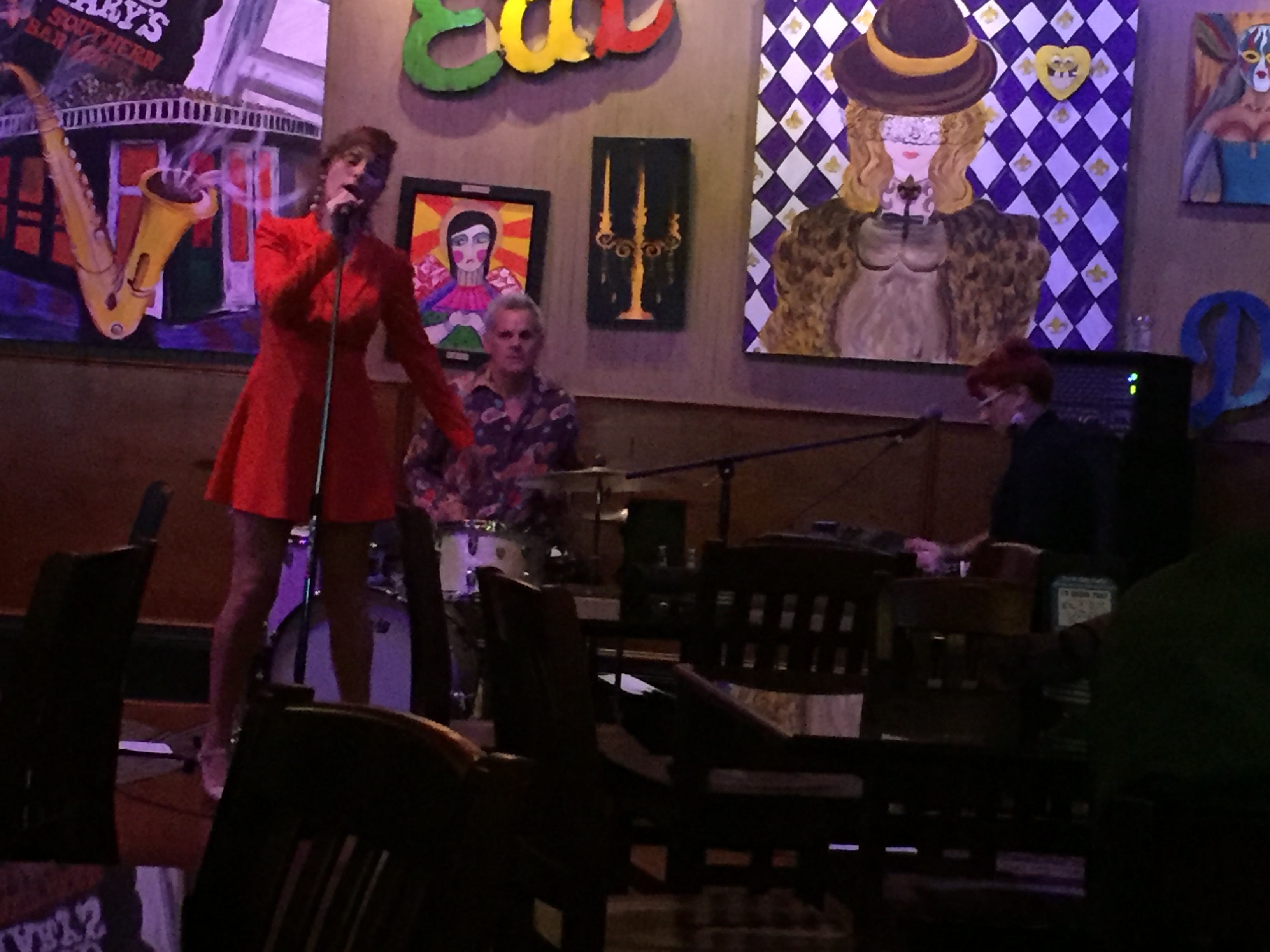
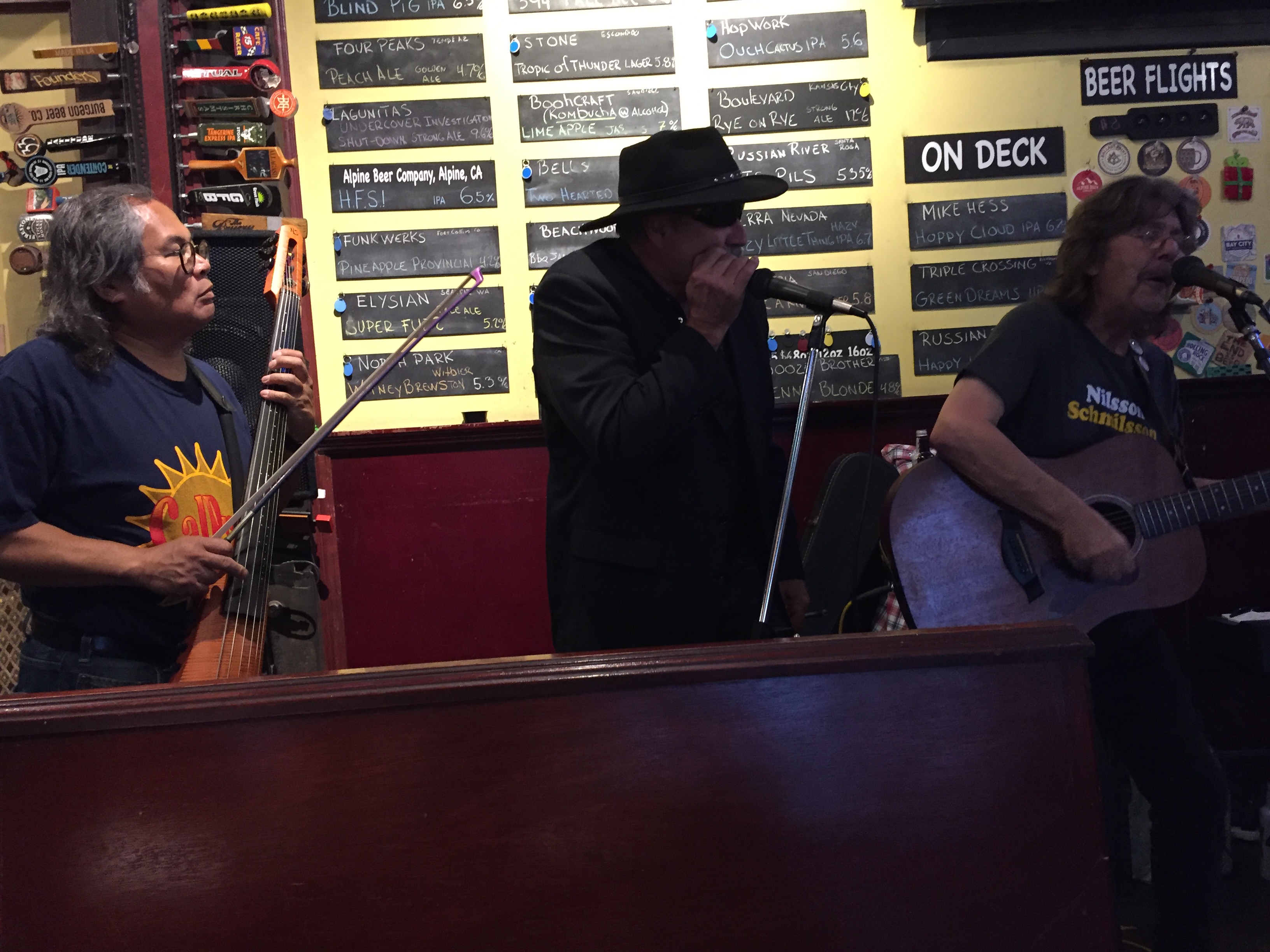
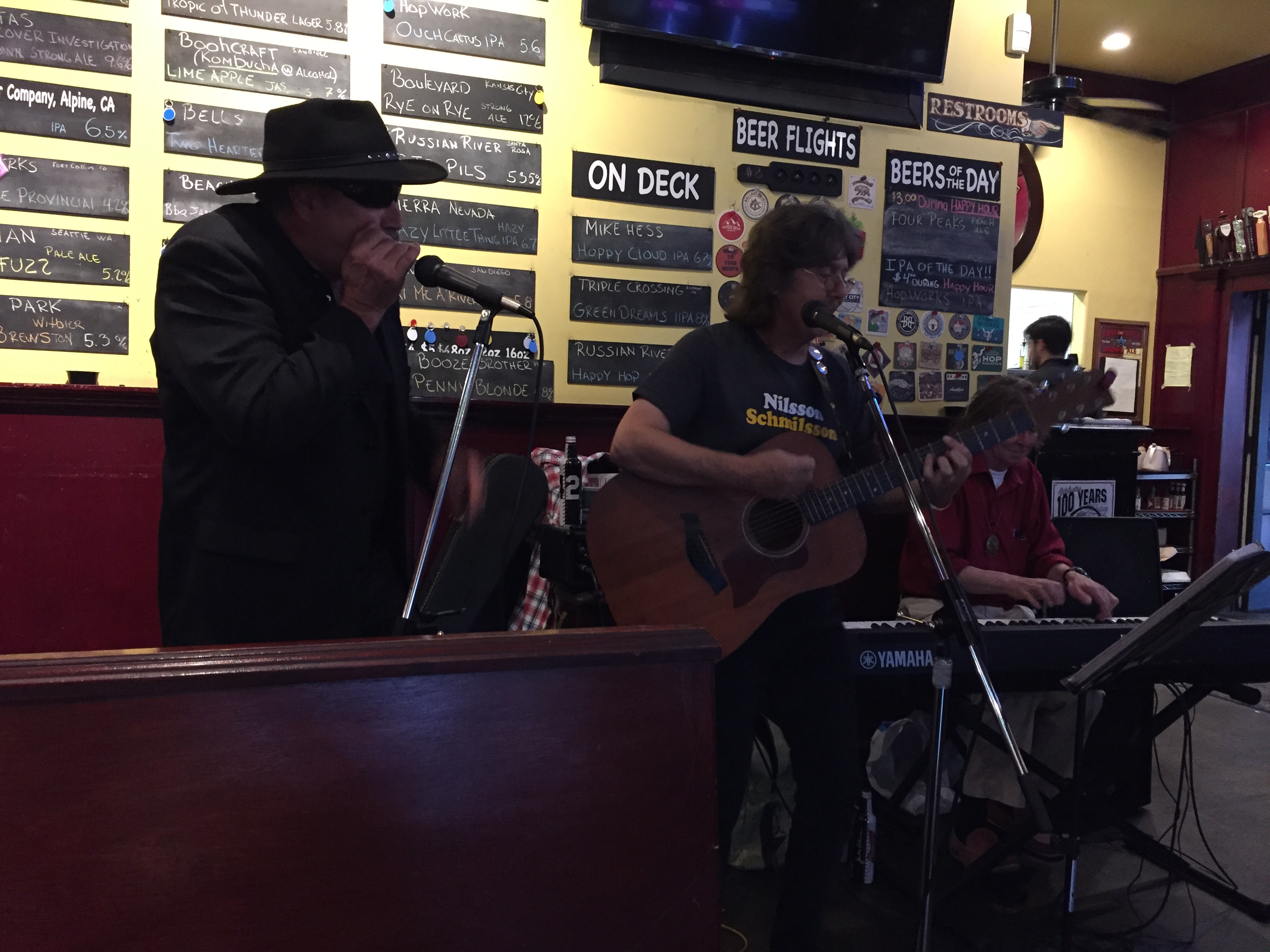
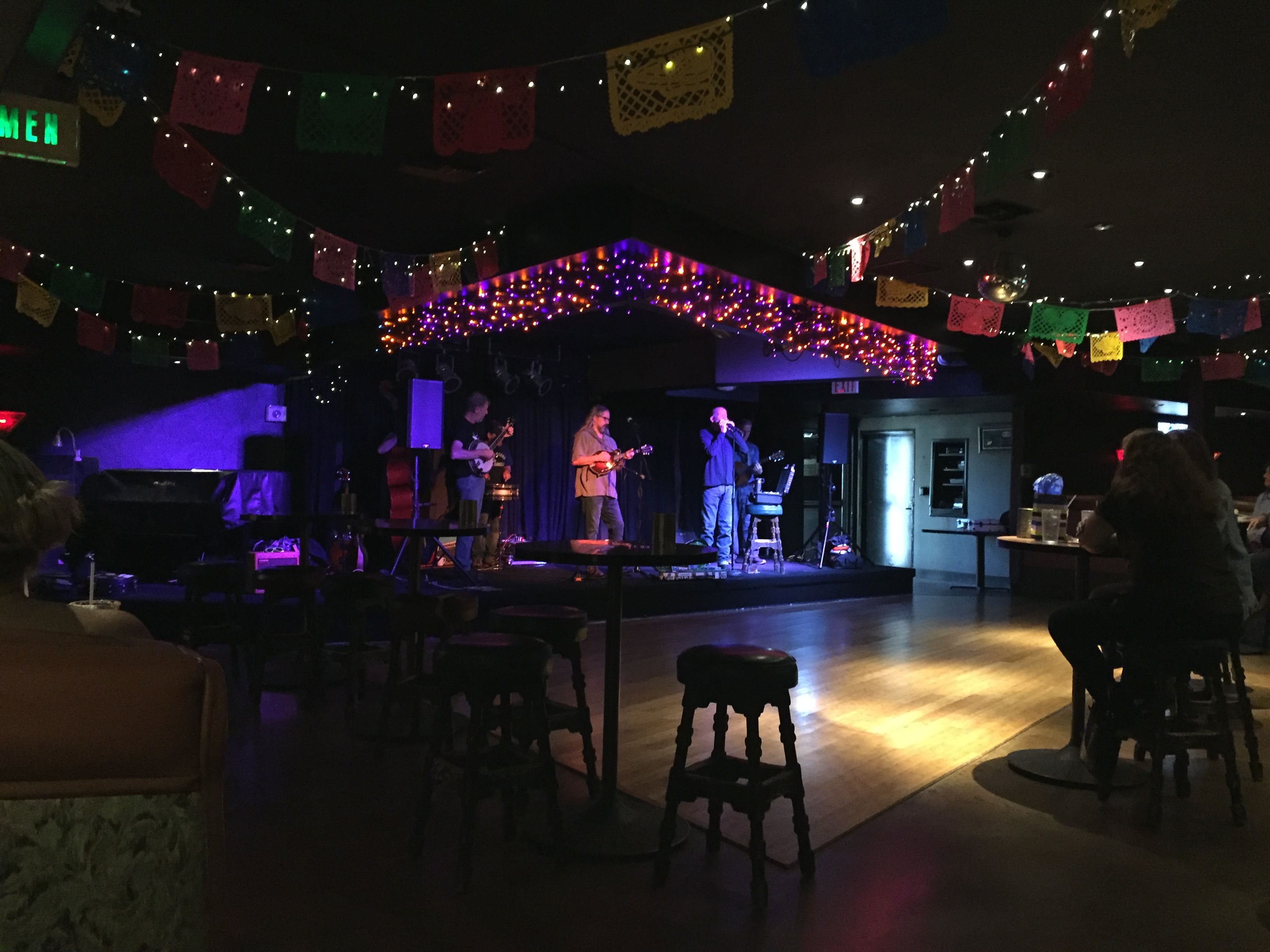
![R-8133791-1558778880-9260.jpeg[1] R-8133791-1558778880-9260.jpeg[1]](https://mappinghappenings.files.wordpress.com/2019/06/r-8133791-1558778880-9260.jpeg1_.jpg?w=316&resize=316%2C316#038;h=316&crop=1)
![R-8133791-1558778883-1068.jpeg[1] R-8133791-1558778883-1068.jpeg[1]](https://mappinghappenings.files.wordpress.com/2019/06/r-8133791-1558778883-1068.jpeg1_.jpg?w=316&resize=316%2C316#038;h=316&crop=1)
![R-4197044-1358262509-2348.jpeg[1] R-4197044-1358262509-2348.jpeg[1]](https://mappinghappenings.files.wordpress.com/2019/06/r-4197044-1358262509-2348.jpeg1_.jpg?w=210&resize=210%2C209#038;h=209)
![R-10821449-1559510552-5106.jpeg[1] R-10821449-1559510552-5106.jpeg[1]](https://mappinghappenings.files.wordpress.com/2019/06/r-10821449-1559510552-5106.jpeg1_.jpg?w=209&resize=209%2C209#038;h=209&crop=1)
![R-3477247-1354367823-1900.jpeg[1] R-3477247-1354367823-1900.jpeg[1]](https://mappinghappenings.files.wordpress.com/2019/06/r-3477247-1354367823-1900.jpeg1_.jpg?w=209&resize=209%2C209#038;h=209&crop=1)
![jewish jesus[1]](https://mappinghappenings.files.wordpress.com/2019/06/jewish-jesus1.jpg)

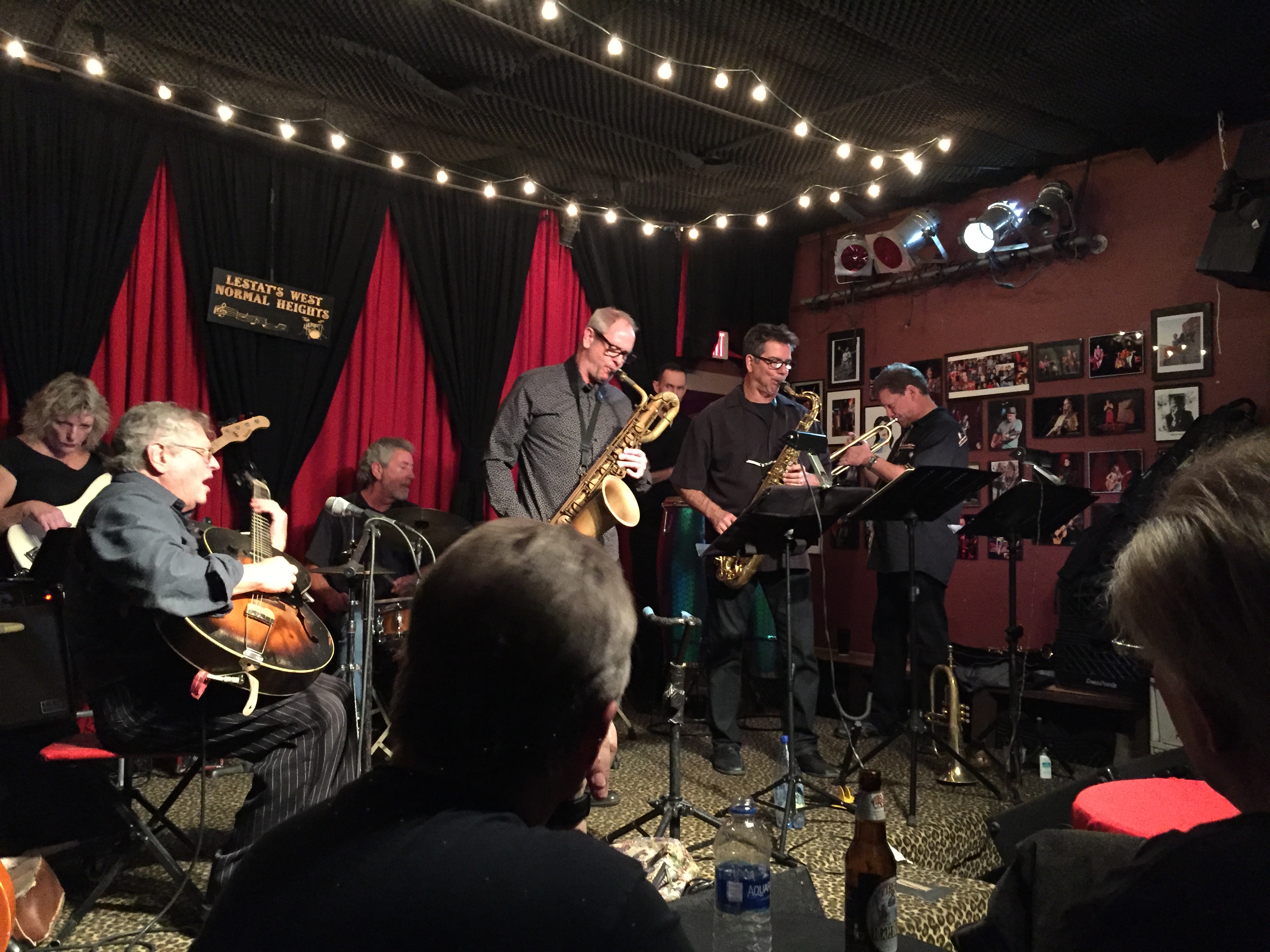
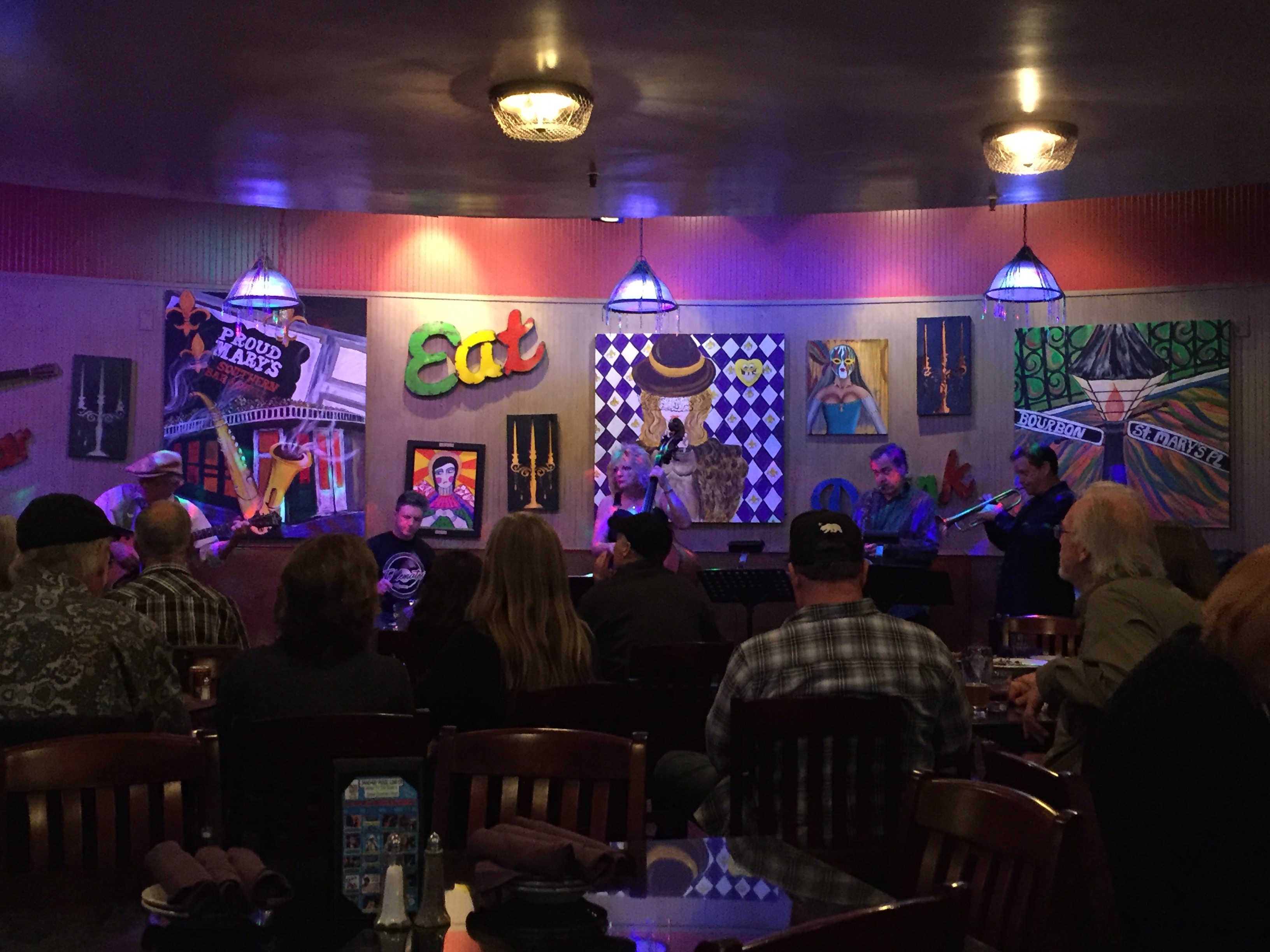
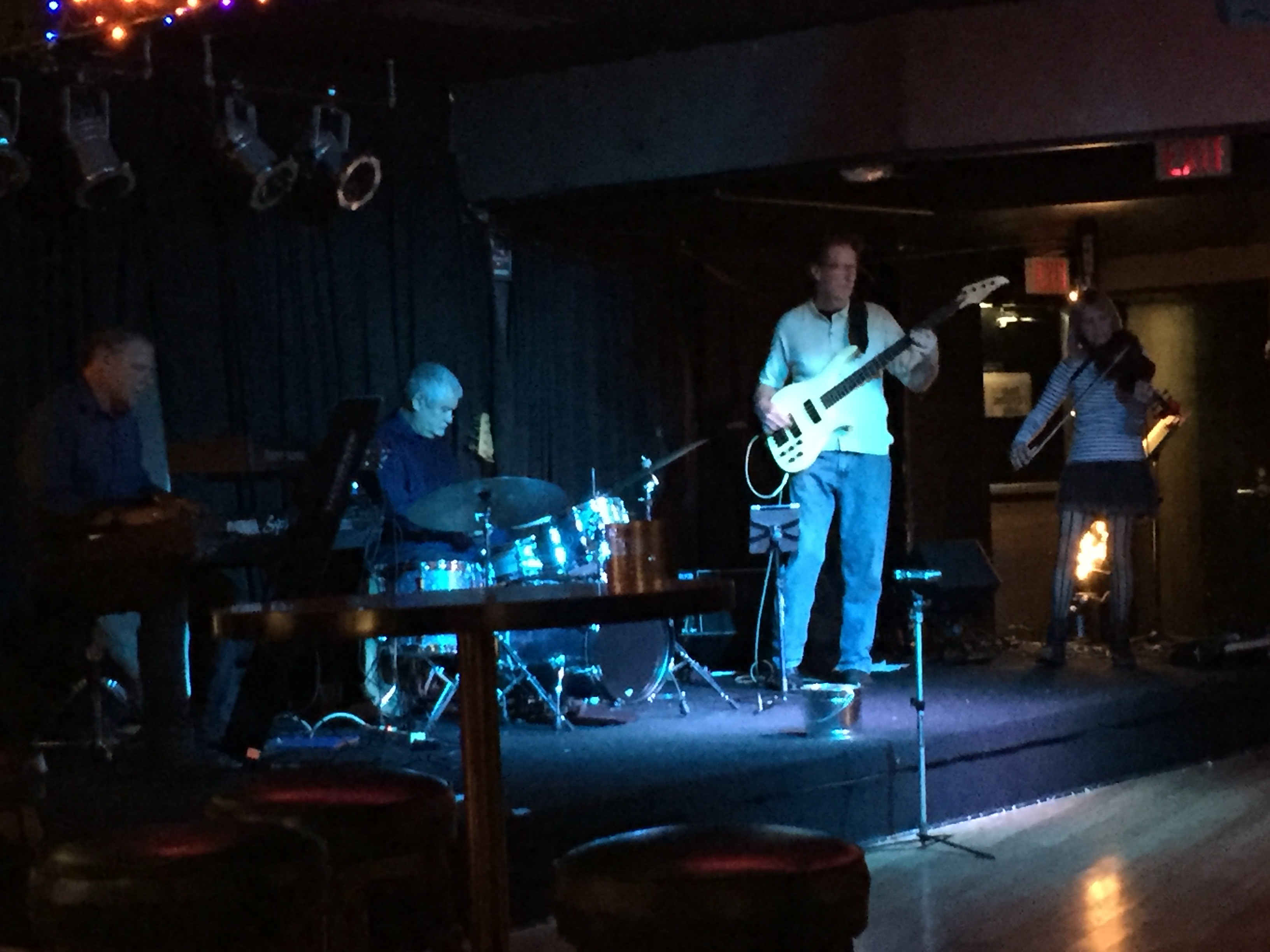
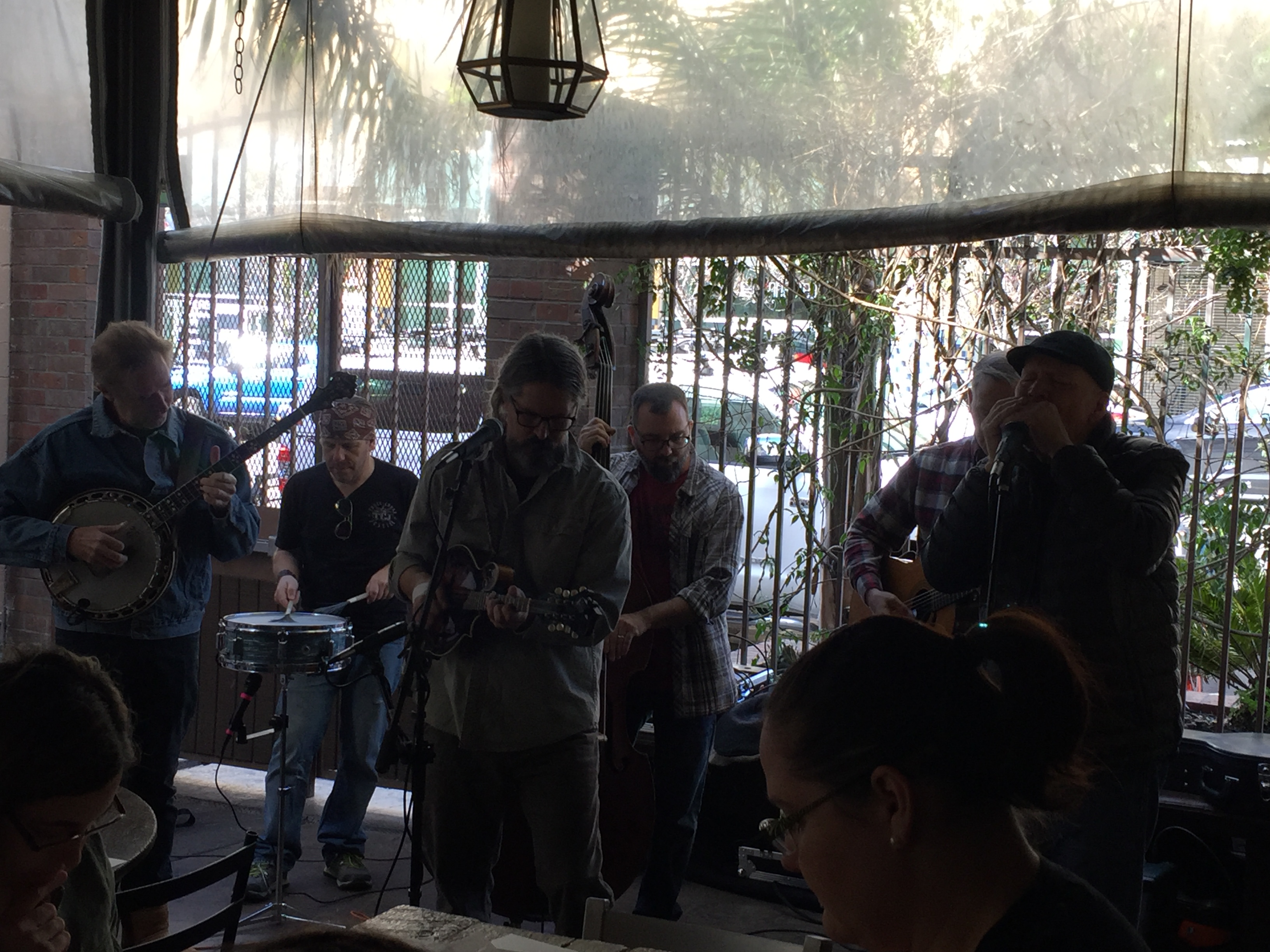
![R-11633874-1520376222-3707.jpeg[1]](https://mappinghappenings.files.wordpress.com/2019/02/r-11633874-1520376222-3707.jpeg1_.jpg)
![R-944620-1388846170-1696.jpeg[1] R-944620-1388846170-1696.jpeg[1]](https://mappinghappenings.files.wordpress.com/2019/02/r-944620-1388846170-1696.jpeg1_.jpg?w=317&resize=317%2C316#038;h=316)
![R-944620-1388846182-1023.jpeg[1] R-944620-1388846182-1023.jpeg[1]](https://mappinghappenings.files.wordpress.com/2019/02/r-944620-1388846182-1023.jpeg1_.jpg?w=315&resize=315%2C316#038;h=316)
![R-101775-1174757288.jpeg[1] R-101775-1174757288.jpeg[1]](https://mappinghappenings.files.wordpress.com/2019/02/r-101775-1174757288.jpeg1_.jpg?w=139&resize=139%2C271#038;h=271)
![R-5207909-1398262203-7352.jpeg[1] R-5207909-1398262203-7352.jpeg[1]](https://mappinghappenings.files.wordpress.com/2019/02/r-5207909-1398262203-7352.jpeg1_.jpg?w=493&resize=493%2C271#038;h=271)
![R-100111-1162362842.jpeg[1]](https://mappinghappenings.files.wordpress.com/2018/12/R-100111-1162362842.jpeg1_.jpg)
![81Di7nGwShL._SY450_[1]](https://mappinghappenings.files.wordpress.com/2018/12/81Di7nGwShL._SY450_1.jpg)
![JesseColinYoungNow.preview-small[1]](https://mappinghappenings.files.wordpress.com/2018/12/Jesse20Colin20Young20Now.preview-small1.png)
![Whitney-Shay-A-Woman-Rules-the-World-Cover-Art-300x300[1]](https://mappinghappenings.files.wordpress.com/2018/12/Whitney-Shay-A-Woman-Rules-the-World-Cover-Art-300x3001.jpg)
![R-2819161-1505321723-8863.jpeg[1] R-2819161-1505321723-8863.jpeg[1]](https://mappinghappenings.files.wordpress.com/2018/12/R-2819161-1505321723-8863.jpeg1_.jpg?w=422&resize=422%2C424#038;h=424)
![R-8481631-1497124218-2891.jpeg[2] R-8481631-1497124218-2891.jpeg[2]](https://mappinghappenings.files.wordpress.com/2018/12/R-8481631-1497124218-2891.jpeg2_.jpg?w=210&resize=210%2C210#038;h=210&crop=1)
![R-9010059-1473205614-9402.jpeg[1] R-9010059-1473205614-9402.jpeg[1]](https://mappinghappenings.files.wordpress.com/2018/12/R-9010059-1473205614-9402.jpeg1_.jpg?w=210&resize=210%2C210#038;h=210&crop=1)
![R-6136657-1412731378-2370.jpeg[1] R-6136657-1412731378-2370.jpeg[1]](https://mappinghappenings.files.wordpress.com/2018/12/R-6136657-1412731378-2370.jpeg1_.jpg?w=314&resize=314%2C322#038;h=322)
![R-4586693-1411936231-3117.jpeg[1] R-4586693-1411936231-3117.jpeg[1]](https://mappinghappenings.files.wordpress.com/2018/12/R-4586693-1411936231-3117.jpeg1_.jpg?w=318&resize=318%2C322#038;h=322)
![R-3264975-1335389897.jpeg[1] R-3264975-1335389897.jpeg[1]](https://mappinghappenings.files.wordpress.com/2018/12/R-3264975-1335389897.jpeg1_.jpg?w=473&resize=473%2C483#038;h=483)
![R-3086716-1318409471.jpeg[1] R-3086716-1318409471.jpeg[1]](https://mappinghappenings.files.wordpress.com/2018/12/R-3086716-1318409471.jpeg1_.jpg?w=159&resize=159%2C159#038;h=159&crop=1)
![R-3273032-1323375150.jpeg[1] R-3273032-1323375150.jpeg[1]](https://mappinghappenings.files.wordpress.com/2018/12/R-3273032-1323375150.jpeg1_.jpg?w=159&resize=159%2C157#038;h=157)
![R-1816823-1245268462.jpeg[1] R-1816823-1245268462.jpeg[1]](https://mappinghappenings.files.wordpress.com/2018/12/R-1816823-1245268462.jpeg1_.jpg?w=159&resize=159%2C159#038;h=159&crop=1)
![R-1167382-1352834651-2366.jpeg[1] R-1167382-1352834651-2366.jpeg[1]](https://mappinghappenings.files.wordpress.com/2018/12/R-1167382-1352834651-2366.jpeg1_.jpg?w=636&resize=636%2C637#038;h=637)
![USS_California_sinking-Pearl_Harbor[1]](https://mappinghappenings.files.wordpress.com/2018/12/USS_California_sinking-Pearl_Harbor1.jpg)
![R-1922050-1349062362-3282.jpeg[1]](https://mappinghappenings.files.wordpress.com/2018/12/R-1922050-1349062362-3282.jpeg1_.jpg)
![R-8160078-1456254758-1261.jpeg[1]](https://mappinghappenings.files.wordpress.com/2018/12/R-8160078-1456254758-1261.jpeg1_.jpg)
![R-9842378-1487232067-9062.jpeg[1]](https://mappinghappenings.files.wordpress.com/2018/12/R-9842378-1487232067-9062.jpeg1_.jpg)

![R-4215477-1358775438-2791.jpeg[1]](https://mappinghappenings.files.wordpress.com/2018/12/R-4215477-1358775438-2791.jpeg1_.jpg)